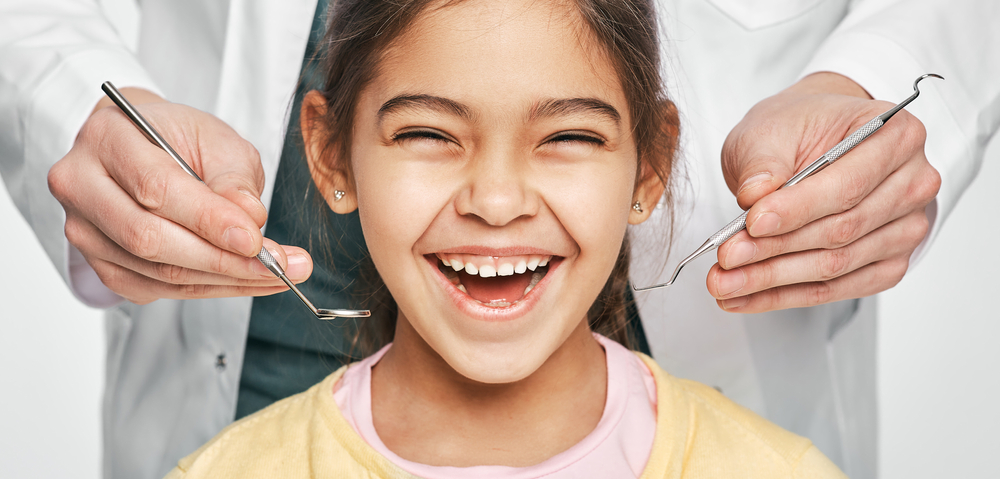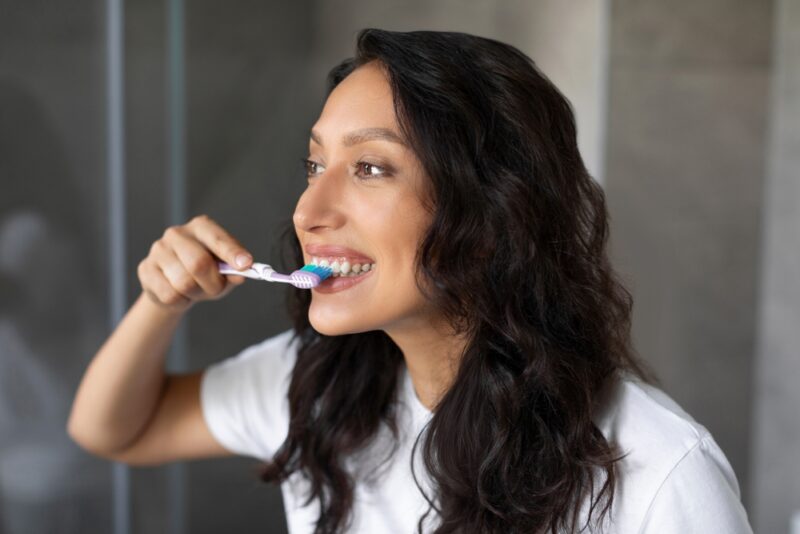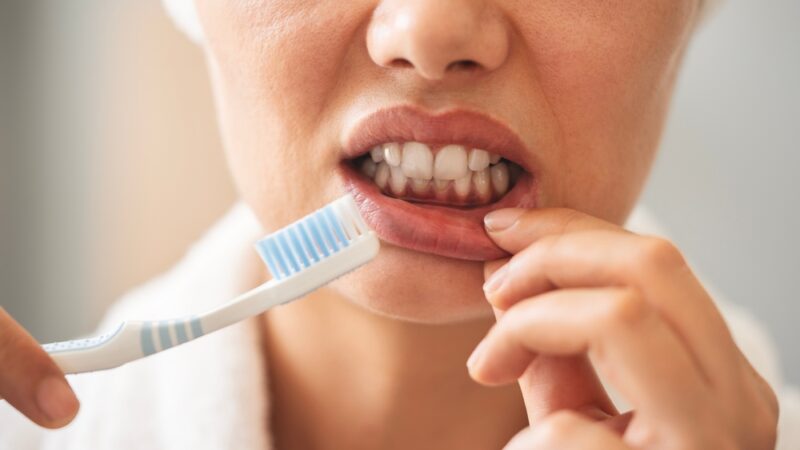If you wonder what dental milestones to expect for your child, check out this blog from Aloe Dental Wellness.
What To Expect For The First Few Years Of Your Child’s Smile
The sight of a baby’s beaming, toothless smile can bring immense joy to both parents and children. As new parents, you may be curious about the growth stages of your child, including dental development. To help you feel more confident in the journey ahead, we have put together a timeline of the biggest dental milestones your child will face during the first two years of their life. As a parent, it is your responsibility to help your child—and their teeth—through this process. Knowing the key moments of your child’s dental development will help you tackle any issues that arise.
From 0-4 Months Old
As your baby progresses from 0 to 4 months, their mouth is getting ready to welcome their new teeth. Even though it may seem like there isn’t much you can do for dental hygiene at this stage, it is a good idea to start wiping your baby’s gums with a damp cloth or a soft rubber finger toothbrush. Just like you brush your own teeth, make sure to clean your baby’s gums twice daily. Doing this will create a healthy routine for brushing and ensure that their mouth is clean and ready for their teeth.
From 4 Months To The First Year
Before your baby is even a year old, their baby teeth are already forming in their jaw. Typically, the bottom two teeth are the first to come in, usually around the baby’s first birthday. When your infant is between 4-6 months old, they will start teething. To help with the discomfort and prevent plaque, wipe their gums twice a day. Once your baby’s teeth start appearing, it is important to make an appointment with a dentist.
When To Visit The Dentist
When your child turns one, it is essential for them to see the dentist for the first time. Going forward, they should have regular check-ups and cleanings every six months. This is important for young ones in order to spot any potential issues as their teeth start coming in. You can begin using a toothbrush with soft bristles to teach your child how to brush and spit out toothpaste. Until they can do this on their own, either use toothpaste that is fluoride-free or just water. By the time your child turns three, they should have their full set of baby teeth. If they have not been to the dentist yet, now is the time to go. Remember that baby teeth are important too. They help keep space in the mouth for permanent teeth and aid in speech development.
Helping Your Child Floss
Once you start to observe that your child’s teeth are touching each other on the sides, it’s time to introduce them to the practice of flossing. This usually occurs when they are roughly one year old. It’s a good idea to floss for both you and your child after each meal. Establishing this positive habit early can help to prevent future dental problems.
Time To Quit Thumbsucking And Pacifiers (Age 2)
By the time a child reaches two years old, parents should take steps to help them break their pacifier and thumb-sucking habits. These habits can lead to oral health issues such as misshapen mouths and misaligned teeth. It is also important to establish a regular routine for their toddler to brush and floss their teeth at least twice a day or after every meal. This is a great time to introduce them to fluoride toothpaste and teach them how to spit after brushing.
Brush And Floss Together
When children are between 3-6 years old, it is important to foster their autonomy. Allow them to brush and floss their teeth on their own, while staying close to ensure they get to all of the hard-to-reach spots and properly clean their teeth. Afterwards, you may need to do some follow-up brushing. Furthermore, this is also a good time to get your child their first dental x-ray to get an overall view and evaluate the health of their teeth.
A Visit From The Tooth Fairy
At around five or six years of age, your child begins to experience a major dental milestone known as mixed dentition, where their baby teeth start to fall out and their permanent teeth start to come in. As a parent, it is important to make sure that your child is brushing their teeth at least twice a day and to make the activity fun rather than a chore.
Additionally, your child should be visiting the dentist twice a year for exams and preventative care. Generally, the front four baby teeth fall out first, followed by the canines and molars at the back of the mouth. By the time the child is 12-13, they will have a full set of 28 adult teeth, with the last four wisdom teeth molars erupting between the ages of 15 and 22.
Choose Aloe Dental Wellness For All Your Dentistry Needs
At Aloe Dental Wellness, you can expect the very best in dental care with Dr. Daniela Cadavid. Before your appointment, you can expect to enjoy soothing music and fresh coffee, tea, and water in our relaxing patient lounge. Our office is a child-friendly, family-oriented environment, and we pride ourselves on the ability to make patients of all ages comfortable.
Dr. Cadavid is glad to offer a brand-new office equipped with the latest technology and services in both English and Spanish to UCSB students and staff, as well as the surrounding communities. Aloe Dental Wellness in Santa Barbara County is proud to provide general, cosmetic, and emergency dentistry services to meet the needs of your entire family as well. For an appointment, call us at 805-454-7727 today.




